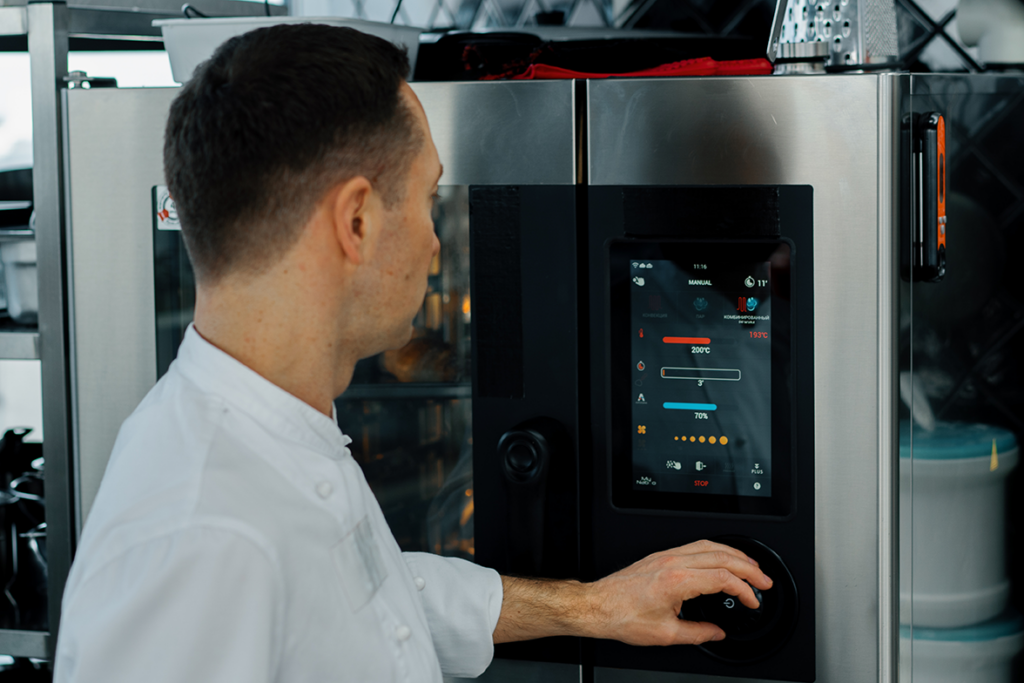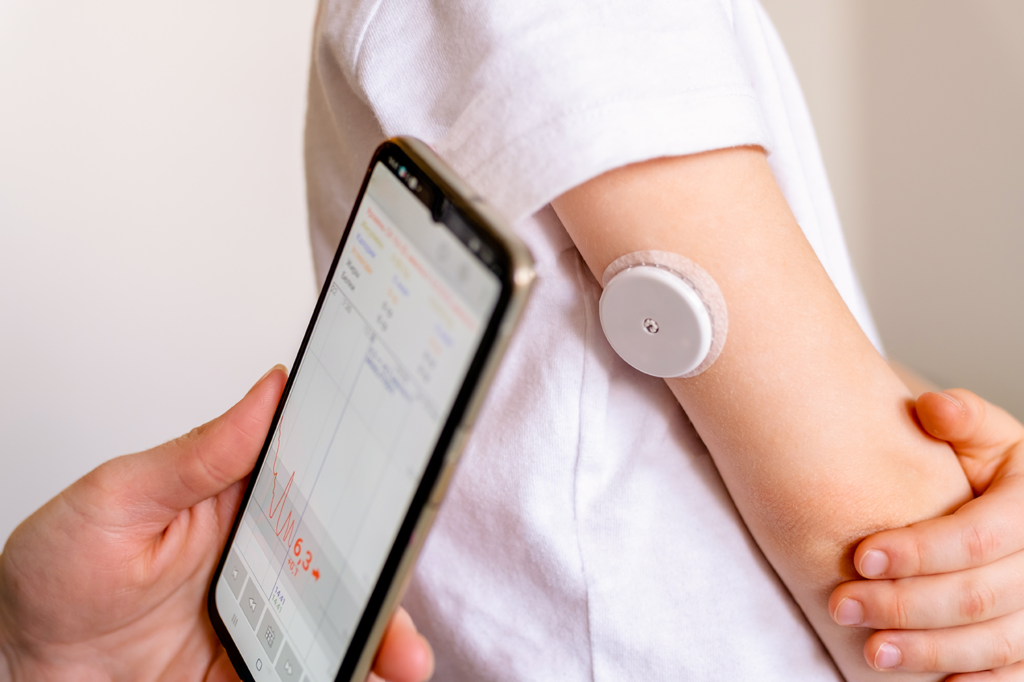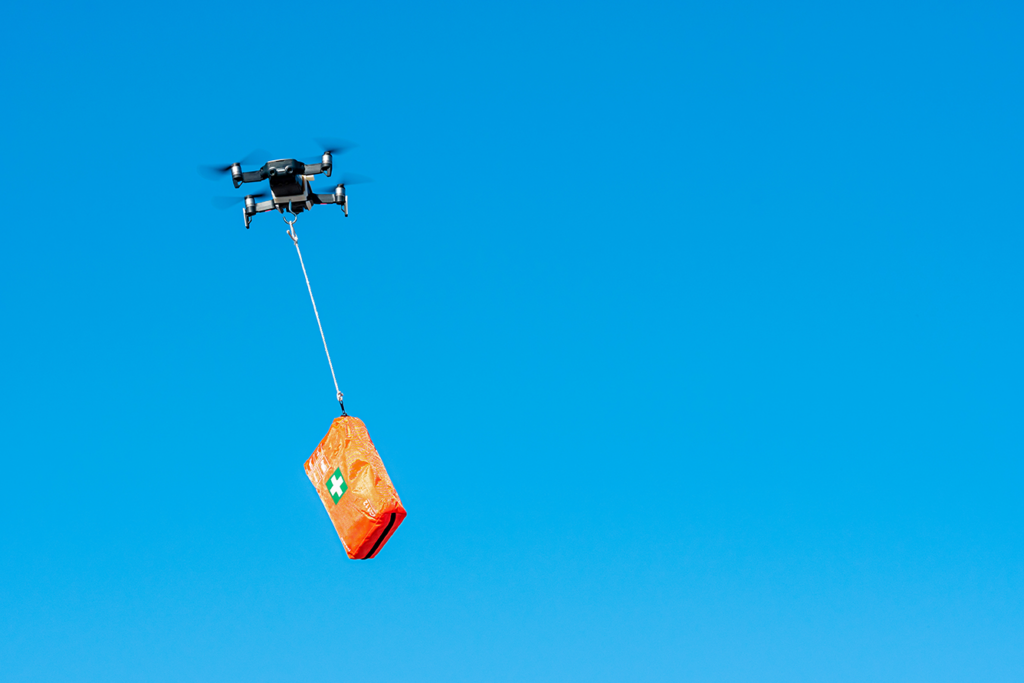The Internet of Things (IoT) is no longer just the future—it’s here, it’s everywhere, and it’s getting smarter by the second. If 2023 and 2024 were about scaling IoT into more industries, 2025 is poised to be the year IoT truly reshapes how we live, work, and interact with technology. Here are the five most likely IoT developments for 2025—and why they’ll matter.

Edge Computing Takes Over the IoT Universe
IoT devices generate massive amounts of data. Think about all the smart devices out there, from industrial machines to the fridge that tells you when you’re out of milk. All of them are constantly talking, transmitting data back and forth. Traditionally, all this data would head to the cloud for processing. That worked – until it didn’t. The sheer volume of data is slowing things down.
Enter edge computing, the unsung hero of IoT. Instead of sending data all the way to a distant cloud server, edge computing processes it closer to the source—on-site, or even on the device itself. This reduces latency, lowers costs, and speeds up decision-making. Need an example? Think autonomous vehicles. A car can’t afford to wait for a cloud server to tell it to brake. Processing that data locally (on the “edge”) makes the difference between a smooth stop and a collision.
In 2025, edge computing is more than just a “nice-to-have” for IoT; it’s often a baseline requirement. Businesses across industries – from manufacturing to retail – will adopt it as they realize the operational efficiencies and lightning-fast insights it provides.

Healthcare Gets Smarter with IoMT
We’ve all heard of IoT. Now meet its slightly more specialized cousin: IoMT (Internet of Medical Things). In 2025, IoMT will be everywhere, transforming the way we think about healthcare.
Remote patient monitoring, for one, is about to go mainstream. Imagine wearable devices tracking your heart rate, blood sugar, or even sleep patterns in real-time—and sending alerts to your doctor the moment something goes off track. Not only does this save lives, but it also reduces the need for hospital visits, freeing up resources for those who need them most.
Post-pandemic, healthcare has shifted to embrace virtual and remote solutions. IoMT fits perfectly into this new reality, enabling real-time chronic disease management and preventive care. For example, people with diabetes can rely on continuous glucose monitors (CGMs) that alert them to potential issues before they happen. And by 2025, we’re not just talking wearables; we’re talking about connected implants, surgical devices, and AI-driven diagnostics.
It’s smarter, faster, and better care—without the constant trips to the doctor’s office. That’s not just innovation; it’s a healthcare revolution.

AI Meets IoT for Smarter Automation
IoT without AI is like a race car without an engine. It has potential, but it’s not going anywhere fast. In 2025, we’ll see AI and IoT working together to create smarter, more autonomous systems across industries.
Here’s how it works: IoT devices collect data. AI analyzes that data in real-time to identify patterns, make predictions, and take actions—all without human intervention. The result? Systems that can respond and adapt on the fly.
Let’s break this down. In manufacturing, AI-powered IoT can make predictive maintenance the norm. Machines will monitor themselves, detect signs of wear and tear, and schedule their own repairs before they break down. In smart homes, your thermostat won’t just respond to your commands; it’ll learn your habits and optimize energy use for maximum efficiency.
But the real magic happens in industries like logistics. We’re already seeing fleets of drones, equipped with AI and IoT, delivering goods around the world. They navigate routes, avoid bad weather, and adjust schedules based on real-time traffic. That’s not just efficient – it’s the future of supply chains.

The Rise of Smart Cities
Thanks to IoT, urban infrastructure is getting an upgrade.
Traffic management is a prime example. IoT-enabled systems monitor road conditions, traffic flow, and accidents in real time, adjusting traffic lights and rerouting vehicles to keep things moving. Parking sensors guide drivers to open spots without the endless circling. The result? Less congestion, less frustration, and cleaner air.
But smart cities go beyond traffic. They use IoT for energy efficiency, optimizing lighting and heating systems in public buildings based on occupancy and weather conditions. Waste management is getting smarter too, with sensors that alert collection teams when bins are full – no more overflowing trash cans or unnecessary pickups.
Cities like Singapore, Barcelona, and Copenhagen are already leading the way, but this year, we’ll see more urban areas adopt these technologies, making smart cities the new standard.

IoT Gets Serious About Security
With stricter regulations and better technology, companies are prioritizing the protection of their connected systems.
IoT-specific security measures are becoming the standard, like hardware-level encryption, advanced authentication methods, and automated threat detection powered by AI. Governments and industries will also collaborate on unified standards to ensure devices can’t be compromised.
This shift isn’t just about keeping devices safe; it’s about protecting the industries that rely on them. From healthcare to finance, IoT security ensures sensitive data stays out of the wrong hands and keeps critical systems running smoothly.
The Bottom Line
The IoT landscape of 2025 is shaping up to be faster, smarter, and more secure than ever. With edge computing powering real-time insights, IoMT revolutionizing healthcare, AI supercharging automation, smart cities transforming urban life, and security finally taking center stage, IoT is set to redefine what’s possible.
For businesses, this is the time to invest in IoT. Not just to keep up, but to get ahead. Send us a message today, and we’ll show you how we can create a game-changing IoT solution for your business.
Because the future isn’t just coming. It’s already here.

